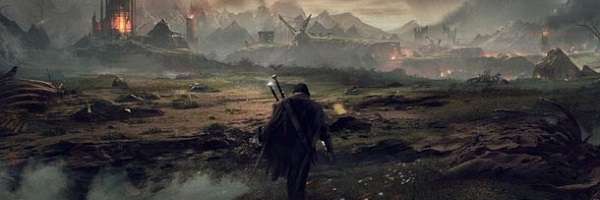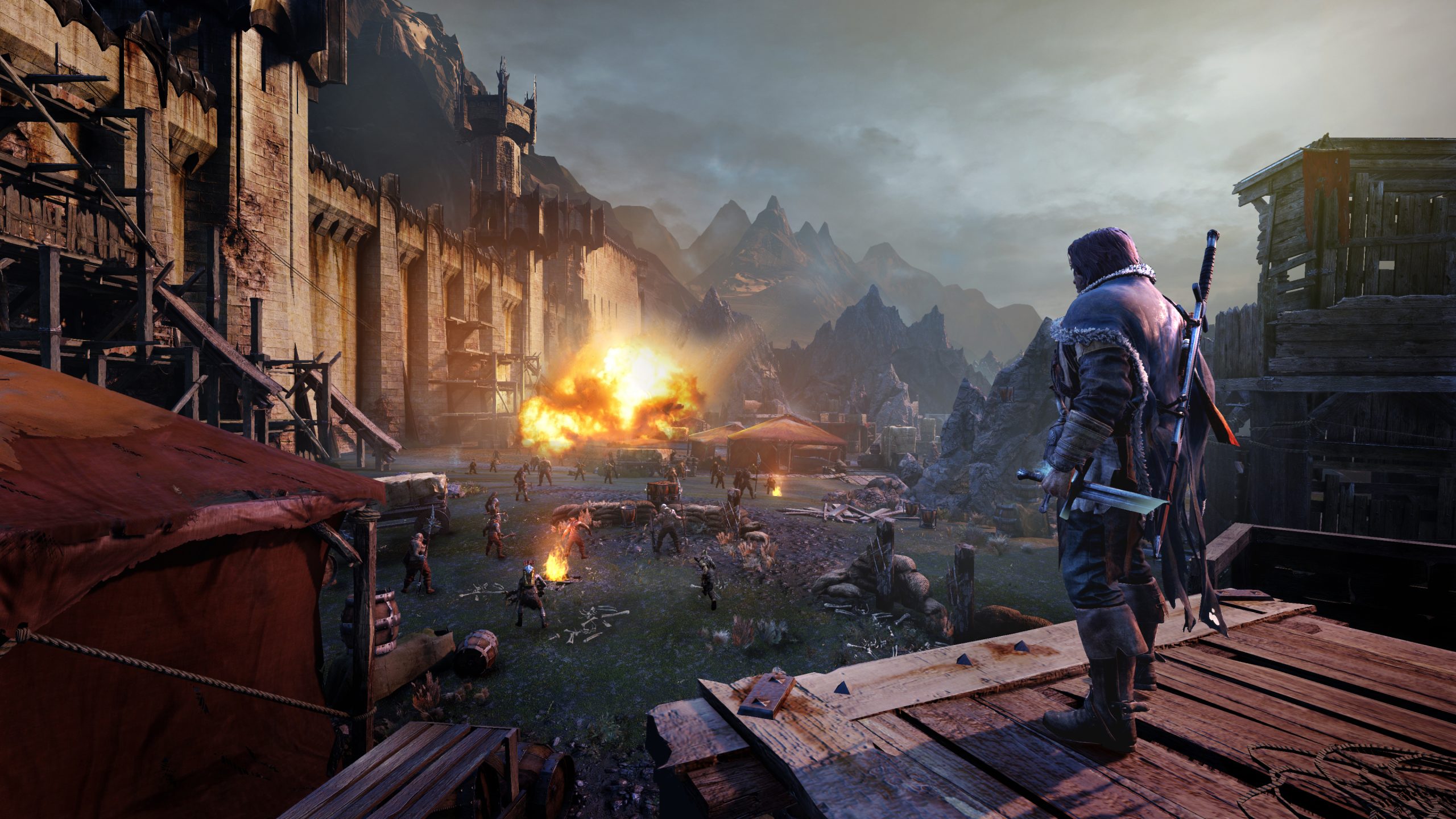Exploration of Regions in Middle-Earth: Shadow of Mordor and Shadow of War
Both Middle-Earth: Shadow of Mordor and its sequel Shadow of War provide players with an immersive experience in the dark, expansive world of Mordor. The two games feature distinct environments, each with its own characteristics and narrative significance.
Shadow of Mordor
In Shadow of Mordor, players are primarily focused on the single region of Mordor, which is divided into several notable areas. The landscapes are dominated by stark mountain ranges and a sense of foreboding atmosphere, reflecting the harshness of the environment. Key geographical features include:
– Ash Mountains: Located to the north, this mountainous region adds a threatening backdrop to the game, often associated with the ominous presence of Sauron.
– Mountains of Shadow: Situated to the west and south, these mountains contribute to the oppressive dark energy that pervades Mordor.
– Fortresses: Players can explore various strongholds within Mordor, each serving as vital strategic points in the ongoing struggle against the forces of Darkness.
The experience in Shadow of Mordor is somewhat limited geographically but rich in lore and character development within the confines of Mordor, creating a focused narrative driven by revenge and the fight against Sauron’s minions.
Shadow of War
Conversely, Shadow of War expands significantly on the original game’s map, introducing multiple large regions beyond just Mordor. Each area in Shadow of War offers diverse biomes and storytelling opportunities, enhancing the gameplay experience. The main regions include:
– Udun: Characterized by its darker and more volcanic scenery, Udun serves as a foreboding location rife with orc activity and hostile encounters.
– Nurn: In stark contrast to Udun, Nurn is a more vibrant region, showcasing a fertile landscape that stands out amidst the generally bleak surroundings of Mordor.
– Minas Ithil / Minas Morgul: This region evolves dramatically throughout the game. Initially known as Minas Ithil, a Gondorian city, its transformation into the corrupted Minas Morgul under the command of the Witch-king reflects the game’s narrative progression. The verticality of this area allows for a distinctive exploration experience, with both combat and stealth elements.
Additionally, Shadow of War features other expansive regions, each with unique landscapes and challenges, such as:
– Gorgoth: This area includes the formidable fortress Barad-dûr situated near Mount Doom, serving as a central location for players.
– Seregost: A snowy region that introduces different terrain dynamics and combat scenarios.
– Rhovanion: Expanding the scope beyond Mordor, this northern region adds depth to the world and opportunities for exploration.
Other smaller but significant locations such as Saragost, Kir Gorg, Dorlet, and Tenan Angrren further diversify the environments players can explore, each rich with distinct terrain and gameplay elements.
Conclusion
In summary, while Shadow of Mordor confines players to the rugged, ominous landscape of Mordor, Shadow of War broadens the exploration into several diverse regions, allowing players to engage with a variety of environments and narratives. The expansion in Shadow of War not only enhances gameplay but also deepens the overall lore and emotional stakes within the Middle-earth universe, offering a more comprehensive and varied experience for players.






Leave a Reply